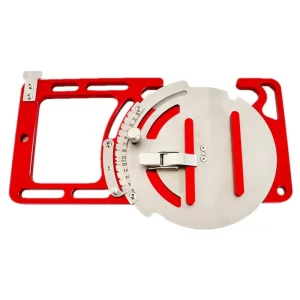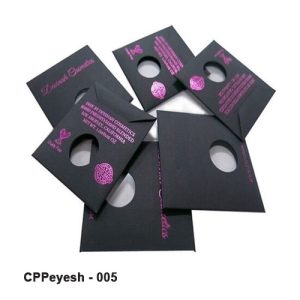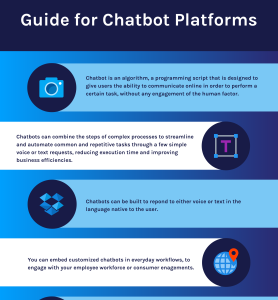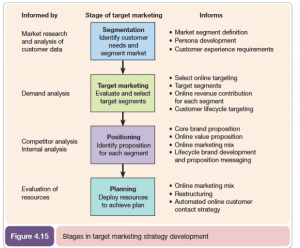2021 Effectiveness Of Fumigation
Fumigation is the act of fumigation, or the use of smoke or steam for disinfection. But in Portuguese, it is called Dedetizaco. Fumigation is a method to control pests or remove harmful microorganisms, completely suffocate or poison specific areas with insecticide or fumigant fillers in the air. It is used for pest control of buildings, soil, crops and production, and also for processing of imported or exported products to prevent the transfer of alien organisms. This approach will affect the structure itself, as well as insects living in physical structures, such as almonds and dead tree ponds.
Fumigation is a process. Under the required temperature and pressure, the fumigant may contain gaseous and lethal chemicals. This definition means that fumigation will act cruelly as gas or smoke.
Fumigation type
Fumigation is a technology that uses a variety of chemicals to remove pests and insects from homes, buildings and processed products. This operation is very dangerous, and all fumigants are harmful to human health to a certain extent. According to the US Department of Agriculture, pest prevention is better than treatment, and the use of hygiene, mechanical control and harmful inert compounds will prove to be a safer and more effective alternative to smoking.
For example, there are many types of fumigation.
-
Gas fumigation
-
Solid fumigation
-
Liquid fumigation
The types of chemicals used in the fumigation process are also different. These are flammable magnesium – dark gray solids commonly used as powders or granules. Methyl bromide is an effective fumigant, which can control a variety of pests. Fluorine and sulfur is a kind of pressurized liquid gas, which is generally used for pest control in residential environment.
Why do I need fumigation?
Food, oilseeds, beans, spices, tobacco, textiles, wood and other products are the main products in the current export market, which are vulnerable to the erosion of grains during storage. This attack can cause extensive damage. In addition, strict isolation and supervision and management requirements of floating countries have led to pest free shipment. Fumigation or the use of gas in confined spaces) is a basic requirement of treatment strategies. It is helpful to prevent harmful insects from spreading from one country to another by not killing live pests at all stages of the development of eggs, larvae, pupae and adults.
The following are important reasons for fumigation to work regularly at home or office.
Take preventive measures
Regret is better than safety. Most importantly, through proper fumigation, this problem will be solved before it is further expanded. Regular fumigation can also ensure that you spend less money and help detect pests before they are completely exposed to furniture in your home or office.
Insects like mice can be dangerous. They like to bump paper, cloth, and even electric wires, which can cause serious injuries. More money can be saved by taking appropriate preventive measures, fumigating regularly and trying to replace damaged equipment.
Solve insect problems
If you find that pests are spreading your property, you must carry out necessary fumigation as soon as possible. Smoke, bedbugs, cockroaches and many common insects can be cleaned with proper fumigation. If you need your house or office. There are many pest control services, many pest control companies are committed to late stage control, and more.
Ensure a comfortable working environment
No one wants to work in an office where insects move around. Therefore, employees must be fully protected and continue to work as much as possible. A comfortable working environment can also bring many benefits. This is obviously through fumigation.
Through fumigation, you can create a comfortable working environment free of pests for employees and leave a good first impression when customers visit.
Save cost and time
Many people with insect problems have used many different methods to overcome this problem. Although traps and pesticides can be purchased, if the pest is too serious, it is better to call the pest control agency to deal with the problem through fumigation. Choosing steam can save time and money immediately. It seems that the upfront cost is high, but it can completely eliminate pests in offices and homes. Before entering the fumigation company, you’d better get to know them as much as possible.
When do I need fumigation?
Fumigation has long been a major element in the pest control industry. Although no one wants to smoke at home, in some particularly serious cases of infection, the entire property may need fumigation. Depending on the species of insects, different chemicals can be used for fumigation. Although almost all pesticides used for fumigation are harmful to humans and animals, it is very important to try to fumigate your property without the assistance of licensed pest control experts.
In the United States, most cases of fumigation are caused by Jianmu Pond. Late maturing wood can survive every year, and fabrics, drywalls and even floors can survive in various organic materials. These items are usually taken home in the form of furniture or clothes and kept for several months before being identified. It is difficult to remove these pollutants without fumigation.
There are several other common woods at home, which may need to be fumigated. Some beetle species, especially whitefly, feed on wood and go deep into family infrastructure, which is almost impossible to treat. In some extreme cases, tents and fumigation are used to deal with the invasion of dangerous bedbugs.
Pest management experts will provide you with more information about your property and fumigation possibilities for your choice. Some families and business owners do not want to fumigate their houses. In some cases, professional inspection may control the pest problem.
Due to the use of many deadly chemicals, fumigation is certainly controversial. Although different pest companies use different pesticide mixtures, the ancient fumigation substitute methyl bromide has been eliminated due to its impact on the atmosphere. It is important to remember that fumigation can kill pets, plants, and even contaminate outdoor food in houses or buildings. Therefore, it is important to follow the doctor’s advice in the letter before considering treatment.
How does fumigation work?
Step 1: The treatment area is covered with waterproof cloth(called “tent”), and all ventilation holes and panels are fixed with adhesive tape to ensure that fumigation chemicals are attached inside.
The second stage: after all people and animals leave, the insecticide vapor is pumped into the tent structure, entering all elements of wood, furniture and structure, and eliminating the insects that are hard to reach.
Step 3: Leave the chemicals to stand for a certain time, usually fumigating the area within 24-72 hours, and remove the tent.
Step 4: Pest control experts manually check all areas of interest of the building so that pests can be controlled. Continuous follow-up on-site treatment may be required.
How can infection and fumigation occur in the goods?
The delay in exporting goods becomes very important because there may be potential interference with the goods. The cargo infection may be caused by the following factors:
(a) High humidity in cargo can have a significant impact on cargo. During navigation, the interference develops rapidly. When the loading and unloading arrive at the port, the exporter or buyer shall bear the cost of re fumigation.
(b) In order to avoid huge fumigation and handling costs at the unloading port, it is better to smoke before export. Before export, good hygienic and scientific storage methods shall be followed to keep the goods in good condition.
(c) Fumigation is effective and a good alternative to any other pest control method. Because the fumigant is spread in the process of smog, it spreads to the infected areas where all spreading operations or other pest control methods are less effective.
(d) Another important issue is the handling of packaging materials, because the old packaging materials are easy to infect and become the media for introducing new pests to other countries. Therefore, wood packaging materials should be treated before export. There are two main types of fumigants: methyl bromide and phosphine.
Finally, we can say that fumigation is a better way to kill or remove microorganisms, pests or insects. This is a very productive and successful process.
This information:








